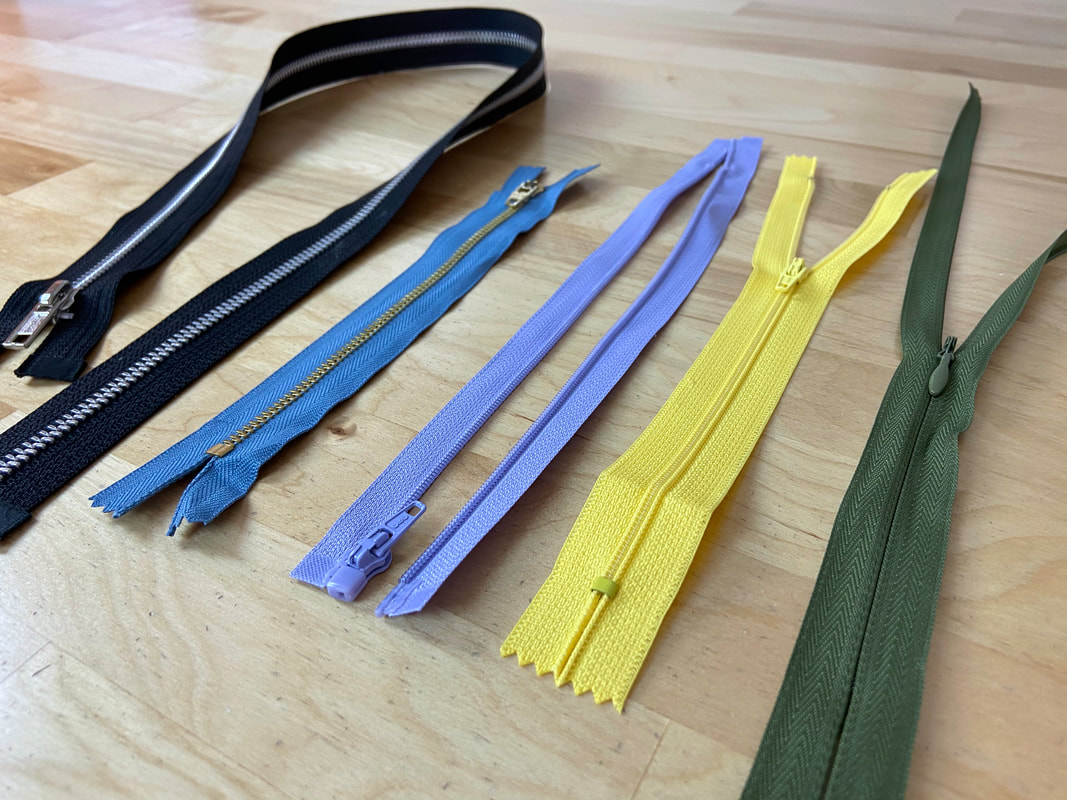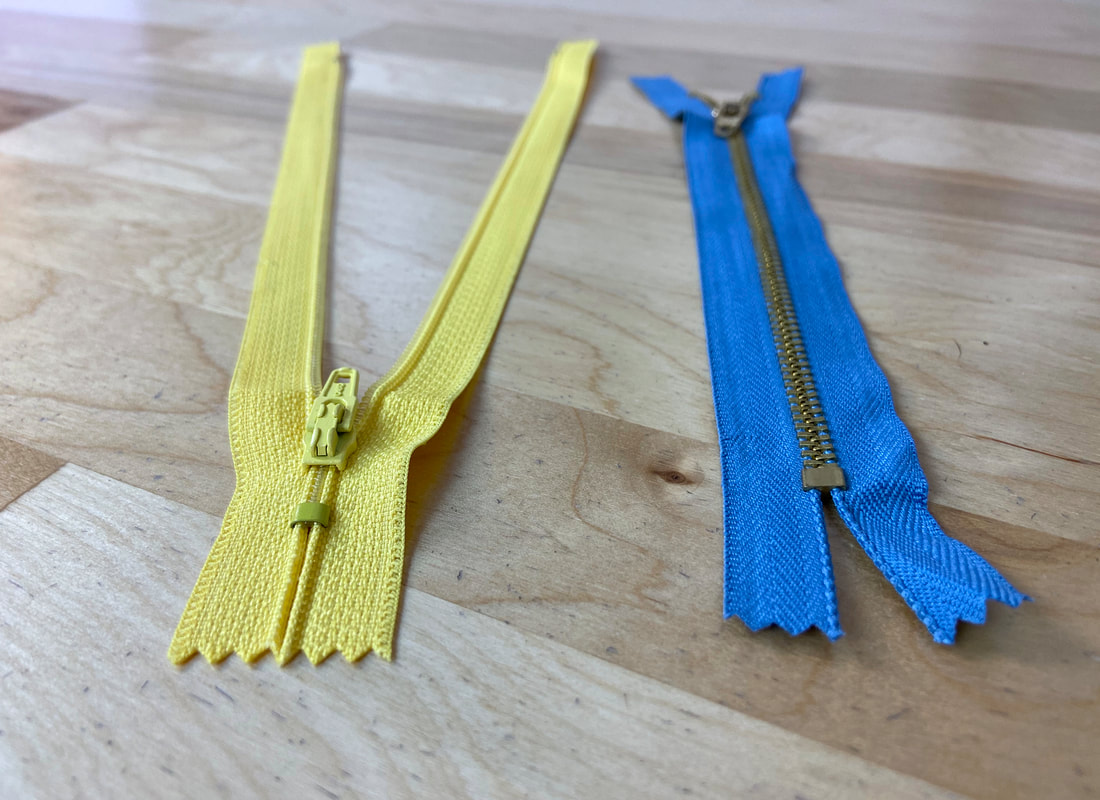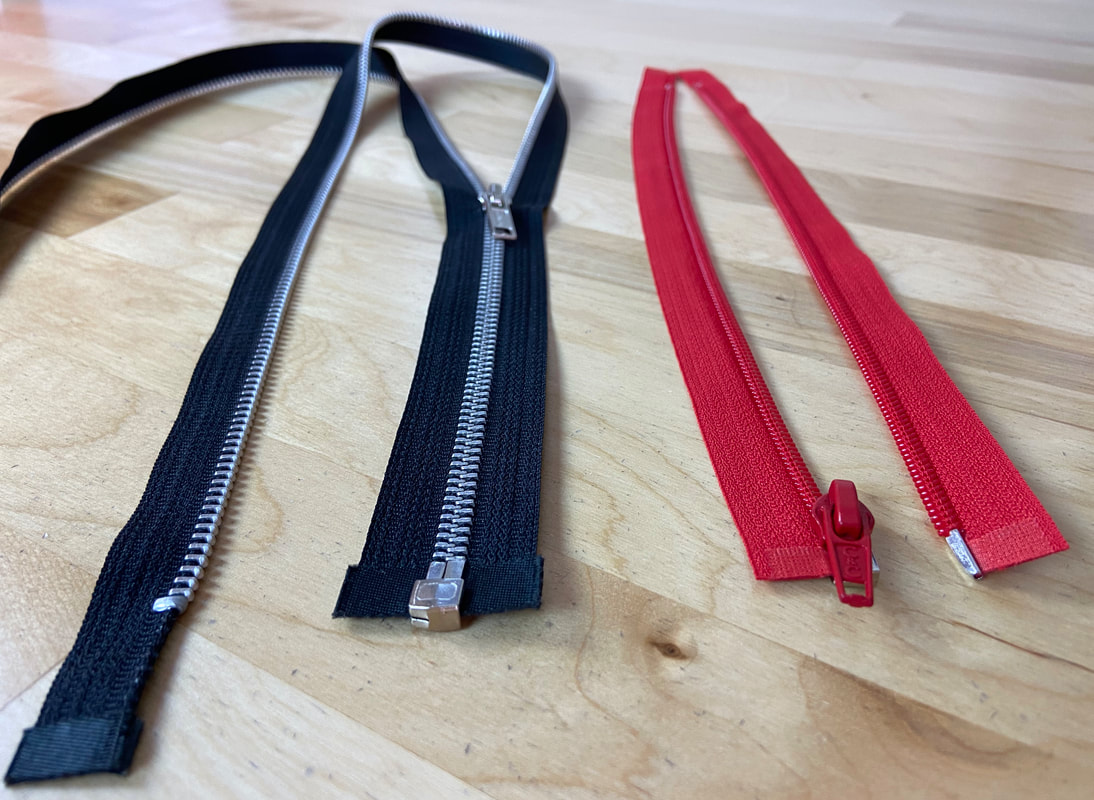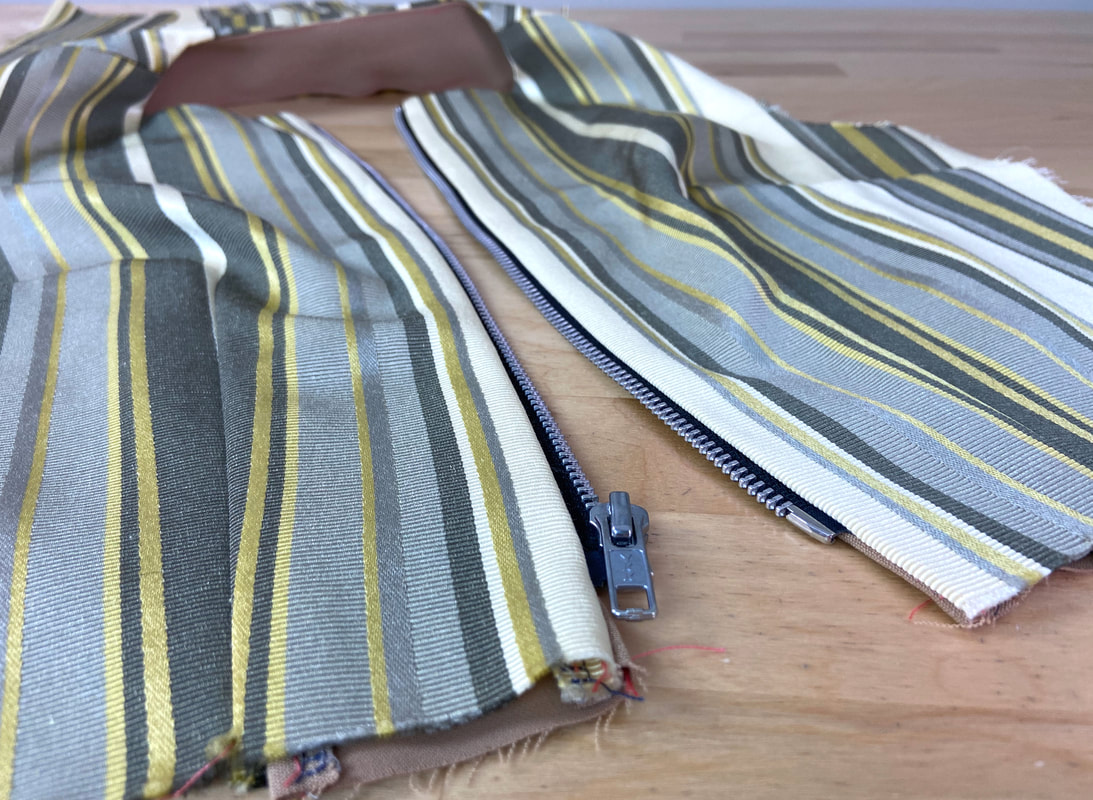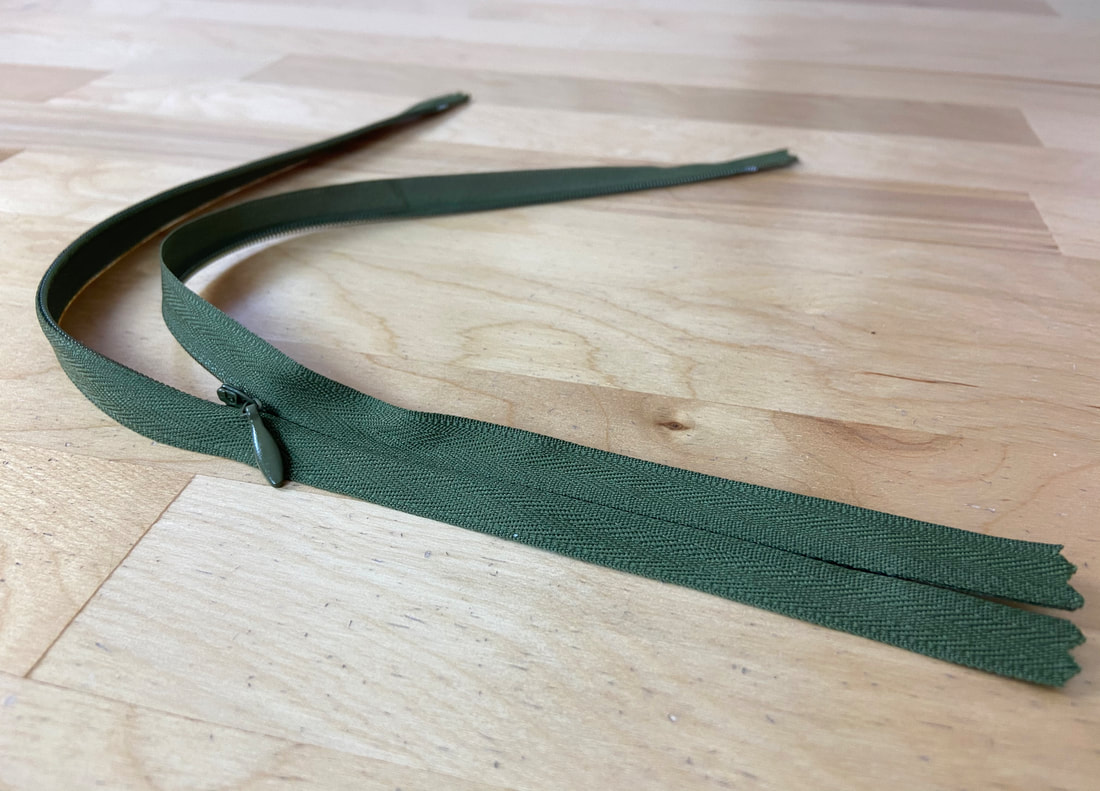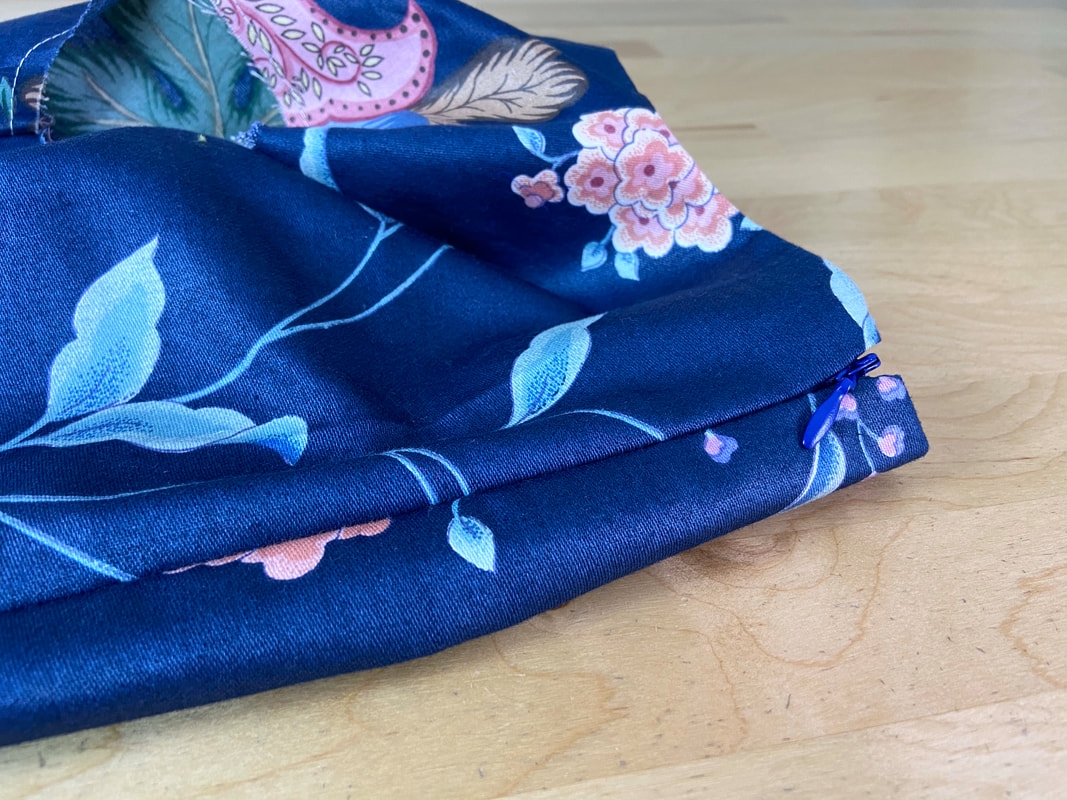The Three Types Of Zippers Used In Dressmaking
Zippers are perhaps one of the most functional inventions in dressmaking. Depending on the garment's design and zipper application technique, you can choose between a variety of colors, lengths, materials and styles.
While the color and material options are countless, there are only three main zipper styles used in garment construction. These three zippers can be stitched using a variety of different sewing techniques and applications.
While the color and material options are countless, there are only three main zipper styles used in garment construction. These three zippers can be stitched using a variety of different sewing techniques and applications.
Closed-end zippers are the most widely used in dressmaking. As the name suggests, a closed-end conventional zipper opens down to a point which is physically blocked with a metal stop. A closed-end zipper cannot fully separate.
Regular closed-end zippers are available in a variety of lengths and colors. They can be constructed of plastic coils or metal chain. When it comes to making your zipper selection, choose the style based on zipper application, garment color, design, and the zipper's physical location on the garment.
Regular closed-end zippers are available in a variety of lengths and colors. They can be constructed of plastic coils or metal chain. When it comes to making your zipper selection, choose the style based on zipper application, garment color, design, and the zipper's physical location on the garment.
Separating zippers are plastic coil or metal chain zippers that are able to fully separate. Instead of a bottom stop, these zippers have a slot that allows the tab to easily go on and off the zipper track. As is true for all zippers, separating zippers are available in a variety of colors and lengths.
Naturally, separating zippers are utilized at garment closures that require the garment portions to fully separate for full functionality. The best example, of course, is a garment's front opening.
A separating zipper closure is used with more casual cardigans, blazers, jackets and heavy duty garments.
A separating zipper closure is used with more casual cardigans, blazers, jackets and heavy duty garments.
Invisible zippers are closed-end plastic coil zippers that are constructed such that when fully closed, the zipper tape hides the coils underneath (on the zipper's right side). Invisible zippers are always sewn into a seam- conventionally, a side seam or the garment's center back seam.
They are called invisible because when closed, they disappear into the seamline with only the tab visible at the top. If the zipper color matches that of the garment perfectly, the tab should be difficult to spot which creates a clean, hidden closure.
Invisible zippers are commonly used with lightweight dresses and blouses as they provide a functional yet dainty, non-compromising finish.
Invisible zippers are commonly used with lightweight dresses and blouses as they provide a functional yet dainty, non-compromising finish.

